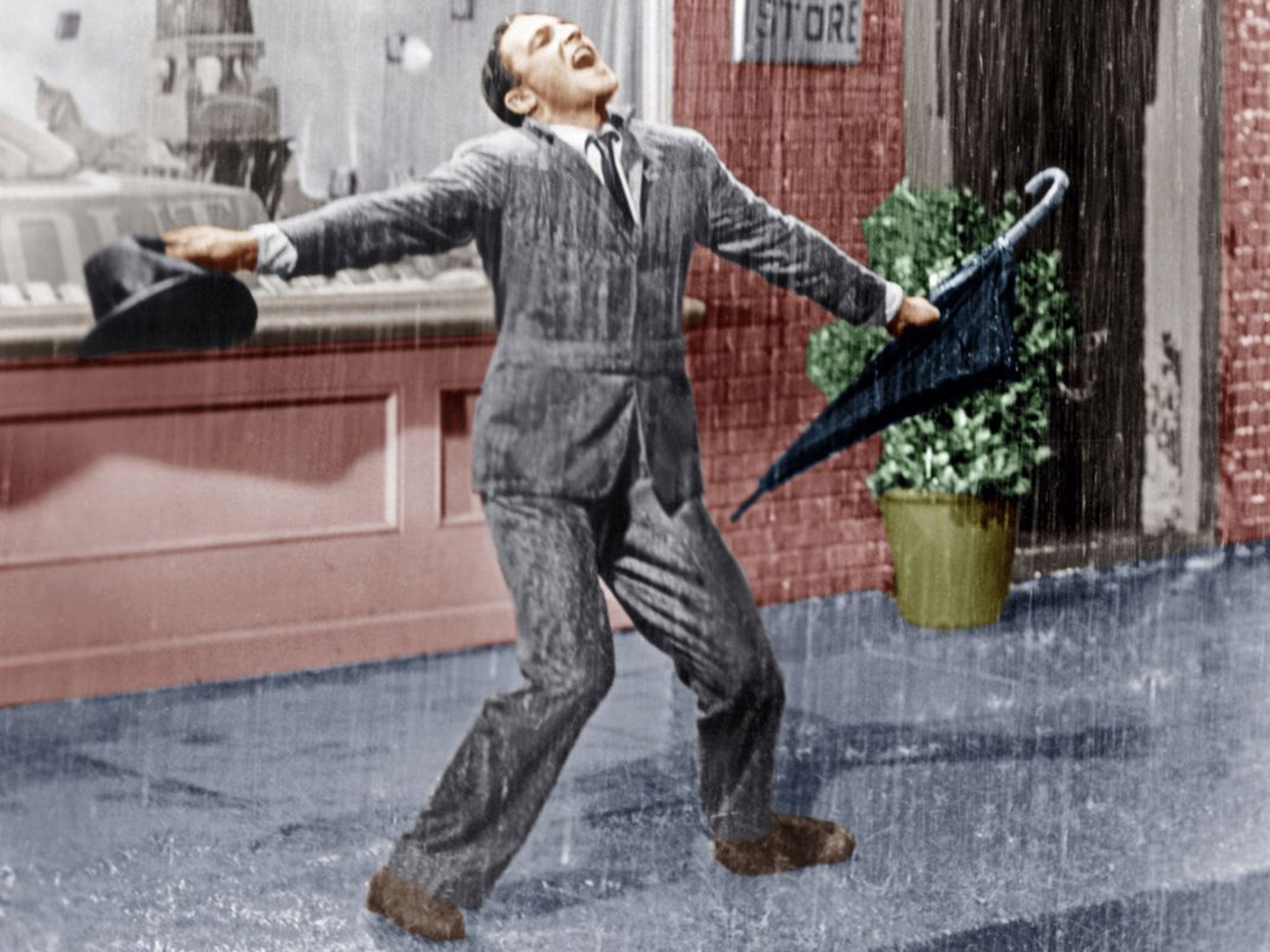Feelyvision: UK scientists develop multi-sensory TV you can touch, smell and taste
Researchers exploring techniques which will allow viewers to sense 'raindrops' on their hands or wind on their face

Your support helps us to tell the story
From reproductive rights to climate change to Big Tech, The Independent is on the ground when the story is developing. Whether it's investigating the financials of Elon Musk's pro-Trump PAC or producing our latest documentary, 'The A Word', which shines a light on the American women fighting for reproductive rights, we know how important it is to parse out the facts from the messaging.
At such a critical moment in US history, we need reporters on the ground. Your donation allows us to keep sending journalists to speak to both sides of the story.
The Independent is trusted by Americans across the entire political spectrum. And unlike many other quality news outlets, we choose not to lock Americans out of our reporting and analysis with paywalls. We believe quality journalism should be available to everyone, paid for by those who can afford it.
Your support makes all the difference.Will “Feelyvision” be the next stage in television’s immersive evolution? British scientists are developing technology that will allow viewers to smell, taste and touch the sensations being played out on screen.
Researchers at the University of Sussex are exploring techniques which will allow viewers to sense “raindrops” on their hands or wind on their face, using ultrasound beams and airflows, to heighten the emotional impact of scenes they are watching on television.
This “tactile TV” will help broadcasters create programmes that “capture the audience’s full attention and immerse them in a multisensory world,” according to Dr Marianna Obrist, Reader in Interaction Design at Sussex, whose Computer Human Interaction lab is leading the research.
The team is working with Ultrahaptics, a Bristol start-up which has developed technology that uses ultrasound to enable users to receive “tactile feedback” projected on to their bare hands, without needing to wear gloves.
The technology uses ultrasound to project sensations through the air and directly onto the user, pinpointing areas of the hand that could be stimulated to evoke different emotions.
Projecting a pattern of ultrasound beams on to your hand can create the tactile sensations of raindrops on your palm.
The researchers found that “short, sharp bursts of air to the area around the thumb, index finger and middle part of the palm generate excitement. Slow and moderate stimulation of the outer palm and the area around the little finger create sad feelings.”
In the same way that a film soundtrack heightens emotion and anticipation of action to come, Dr Obrist believes touch sensations can be used, ultimately along with taste and smell, to enhance the viewing experience.
“Take a programme like (househunting show) Escape To The Country. If you couldn’t travel there, what would the feeling be like to actually be in the countryside – we could bring that sensation to the living room,” Dr Obrist said.
Films including Iron Man III have experimented with “4DX” screenings, in which audiences sit on motorised seats and have water sprayed at them through nozzles.
Dr Obrist hopes to create “9-Dimensional TV”, adding taste sensations to create a full multi-sensory experience. She also hopes to create computer games which evoke emotions through taste.
She cautioned: “The idea is to elicit emotions but you have to give audiences control. Some people will not want everything enhanced, or they will respond to smells differently.”
“Creating truly compelling TV that stimulates all our senses is not an easy task,” Dr Obrist wrote on The Conversation website.
“Programme makers and technology manufacturers know how to design their products so you can see depth and distance on the screen.
“But sound and vision aren’t always enough. Being able to smell the odours that a character on screen would smell, or feel the objects or atmosphere they would feel, can create anticipation and build suspense in the same way as sound currently does.”
Human emotion can also be transferred by Haptics technology - the science of applying touch sensation to computer applications. Different areas of the hand can convey feelings of happiness, sadness, excitement or fear. In a paper presented to a conference in South Korea, Dr Obrist wrote: “Imagine a couple that has just had a fight before going to work. While she is in a meeting she receives a gentle sensation transmitted through her bracelet on the right part of her hand moving into the middle of the palm. That sensation comforts her and indicates that her partner is not angry anymore.”
Dr Obrist has been awarded £1 million by the European Research Council for a five-year project to expand the research into taste and smell, as well as touch.
The SenseX project will aim to provide a multisensory framework for inventors and innovators to design richer technological experiences.
Join our commenting forum
Join thought-provoking conversations, follow other Independent readers and see their replies
0Comments